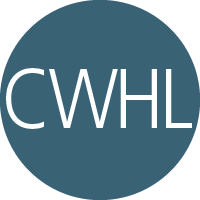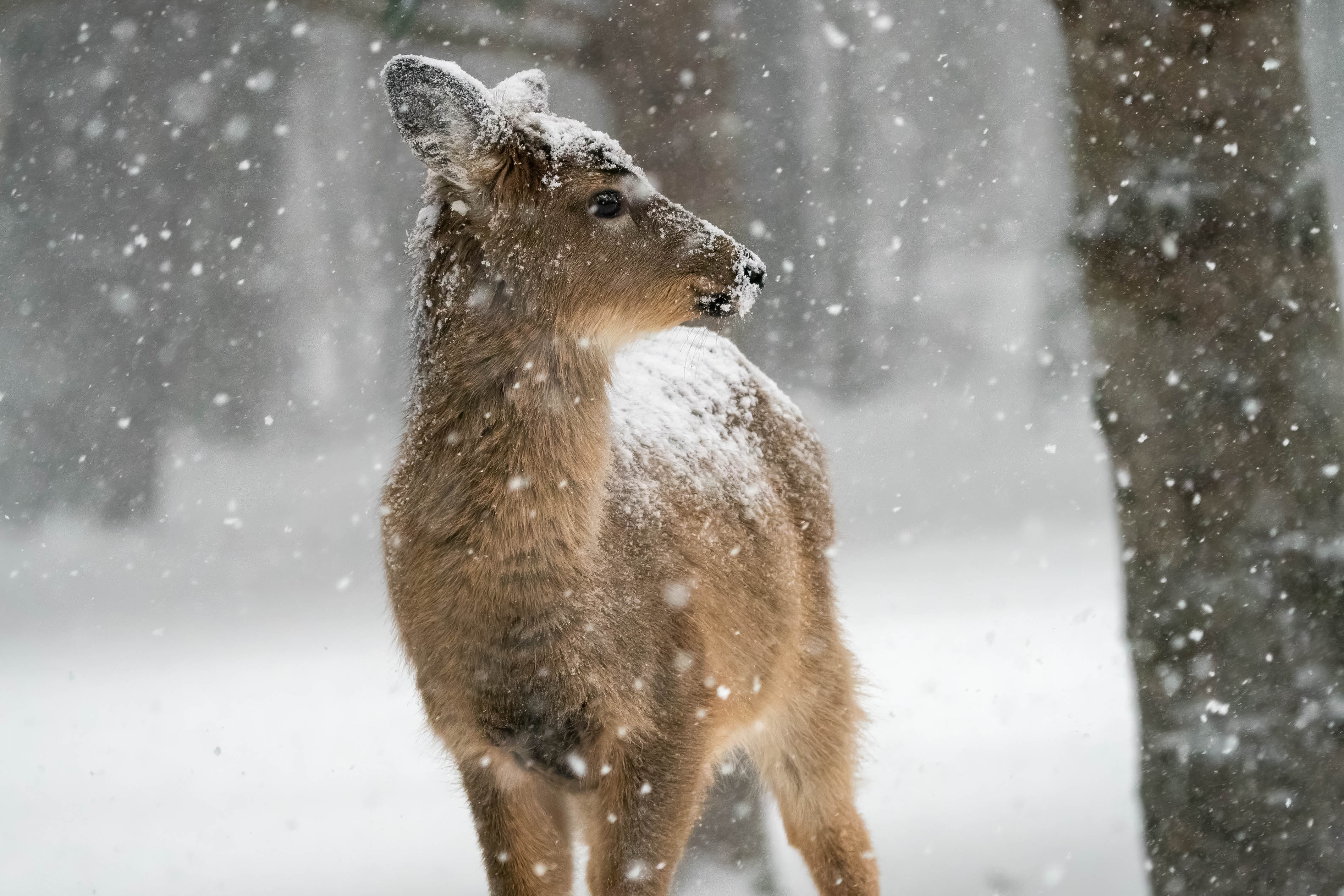Scientists who study business operations have long been successful in guiding evidence-based decision-making despite limited information, all while keeping costs low. Given that research in wildlife health often requires operational decisions despite limited or incomplete disease information on the landscape, we partnered with business professionals to explore ways to improve research efficiency and better serve wildlife.
Disease is most controllable when only a few hosts are infected, but that is precisely when surveillance is most challenging. The subtle beginning of an outbreak means data is scarce, and a thorough investigation is most costly. Our new model considers disease dynamics and logistical costs of surveillance to pinpoint the best surveillance strategy for minimizing unseen spread and damage up to the moment of first detection. Better yet, the model is helpful for any planning horizon, for any number of sites, and in any disease/host system of interest, provided the disease has not yet been detected.
Led by Dr. Jue Wang, Associate Professor at the Smith School of Business, Queen's University, Ontario, Canada, this work combines innovative science in operations management and analytics with the most pressing needs in wildlife health and conservation. Our novel model aids wildlife agencies in planning cost-effective disease surveillance across large jurisdictions, despite the unavoidable limitations in current on-the-ground disease information. While this model was originally developed to support surveillance planning by wildlife agencies, it is also directly applicable to agricultural and public health agencies, as well as for planning surveillance of invasive species and other biological invasions.
The Sample Allocation Model is a free tool to help agencies manage disease surveillance data and make data-driven decisions to better healthy conservation outcomes.
For more on what this model can do, check out the Cornell Chronicle article- Wildlife conservation gets down to business.
Interdisciplinary work at its best, co-authors include the CWHL, USGS, School of Veterinary Medicine at University of California, Davis, Department of Statistics and Data Science at Cornell University, as well as conservation professionals at the Western Association of Fish and Wildlife Agencies (WAFWA), Indiana Department of Natural Resources, and the New York State Department of Environmental Conservation.
The model is immediately available to state and provincial wildlife agencies in North America through the SOP4CWD collaboration. We integrated this model into the CWD Data Warehouse, allowing surveillance savings to commence immediately.
The full publication can be found here:
Wang J, Hanley B, Thompson N, Gong Y, Walsh D, Gonzalez-Crespo C, Huang Y, Booth J, Caudell J, Miller L, Schuler K. 2025. Strategic Planning of Prevention and Surveillance for Emerging Diseases and Invasive Species. PNAS. DOI: https://doi.org/10.1073/pnas.2507202122




